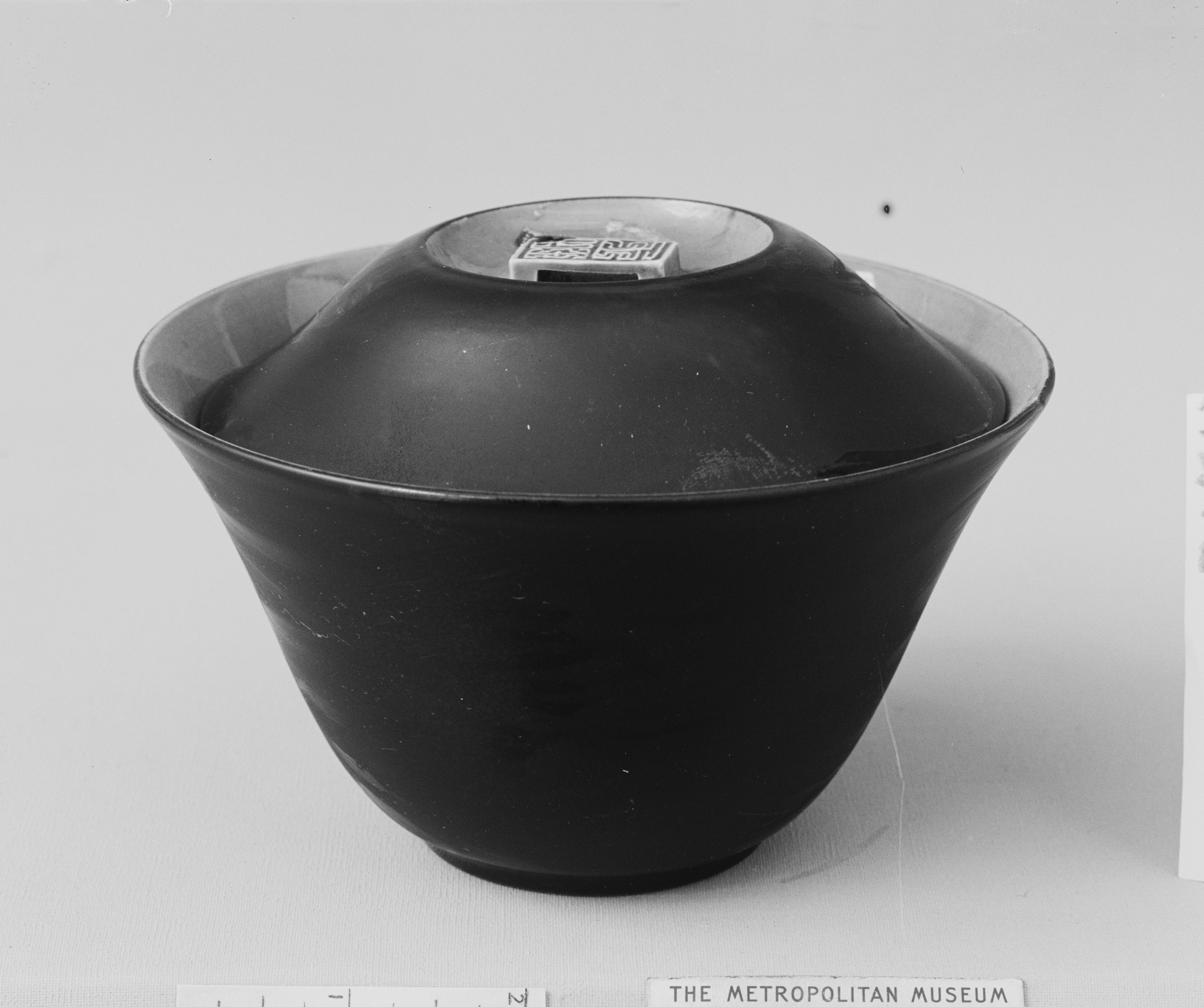Awaji Ware on:
[Wikipedia]
[Google]
[Amazon]
 , also known as ''Minpei'' or ''Mimpei'' ware, is a type of
, also known as ''Minpei'' or ''Mimpei'' ware, is a type of
 Awaji ware was founded in the early 1830s by Minpei Kashu (1796â1871) (last name also spelled Mimpei) from Iga village. Coming from a wealthy trading family, he was a scholar of classical literature and skillful in the art of ''
Awaji ware was founded in the early 1830s by Minpei Kashu (1796â1871) (last name also spelled Mimpei) from Iga village. Coming from a wealthy trading family, he was a scholar of classical literature and skillful in the art of ''
 , also known as ''Minpei'' or ''Mimpei'' ware, is a type of
, also known as ''Minpei'' or ''Mimpei'' ware, is a type of Japanese pottery
, is one of the oldest Japanese crafts and art forms, dating back to the Neolithic period. Kilns have produced earthenware, pottery, stoneware, glazed pottery, glazed stoneware, porcelain, and blue-and-white ware. Japan has an exceptionally ...
traditionally made on Awaji Island in the eastern part of the Seto Inland Sea
The , sometimes shortened to the Inland Sea, is the body of water separating HonshÅŦ, Shikoku, and KyÅŦshÅŦ, three of the four main islands of Japan. It serves as a waterway connecting the Pacific Ocean to the Sea of Japan. It connects to Osaka ...
, western Japan. Some pieces are porcelain
Porcelain () is a ceramic material made by heating substances, generally including materials such as kaolinite, in a kiln to temperatures between . The strength and translucence of porcelain, relative to other types of pottery, arises mainl ...
, others described as glazed "porcelaneous ware" or "pottery".
History
 Awaji ware was founded in the early 1830s by Minpei Kashu (1796â1871) (last name also spelled Mimpei) from Iga village. Coming from a wealthy trading family, he was a scholar of classical literature and skillful in the art of ''
Awaji ware was founded in the early 1830s by Minpei Kashu (1796â1871) (last name also spelled Mimpei) from Iga village. Coming from a wealthy trading family, he was a scholar of classical literature and skillful in the art of ''chanoyu
The Japanese tea ceremony (known as or ) is a Japanese cultural activity involving the ceremonial preparation and presentation of , powdered green tea, the procedure of which is called . While in the West it is known as "tea ceremony", it is sel ...
''. He became concerned about the development of industrial resources in his province and devoted himself to the manufacture of ceramics, which he had studied under Ogata Shuhei (1788-1839), a famous Kyoto potter. Returning to his village after his studies, he established kiln
A kiln is a thermally insulated chamber, a type of oven, that produces temperatures sufficient to complete some process, such as hardening, drying, or chemical changes. Kilns have been used for millennia to turn objects made from clay int ...
s in the fifth year of TenpÅ
was a after ''Bunsei'' and before ''KÅka.'' The period spanned from December 1830 through December 1844. The reigning emperor was .
Introduction
Change of era
* December 10, 1830 () : In the 13th year of ''Bunsei'', the new era name of ''T ...
(1835/1836) and devoted his whole fortune to his enterprises. Some sources give an earlier founding year of 1831. Lord Hachisuka of Awaji Province
was an old province of Japan covering Awaji Island, between HonshÅŦ and Shikoku. Nussbaum, Louis-FrÃĐdÃĐric. (2005). "''Awaji''" in . Today it is part of HyÅgo Prefecture. It is sometimes called . Awaji is divided into three municipal secti ...
subsequently subsidized Minpei's manufactory and appointed him head of the workshops. Thus his efforts were successful, and his manufactory reached a prosperity such that its production equaled in value the rice harvest of the eleven surrounding villages. After Minpei's death in the second year of BunkyÅŦ
was a after ''Man'en'' and before '' Genji''. This period spanned the years from March 1861 through March 1864. The reigning emperor was .
Change of era
* March 29, 1861 (''Man'en 2/BunkyÅŦ 1, 19th day of the 2nd month'') : The new era name of ...
(1862) his successors continued manufacturing ceramics, which became a source of wealth for the province.
The Metropolitan Museum of Art
The Metropolitan Museum of Art of New York City, colloquially "the Met", is the largest art museum in the Americas. Its permanent collection contains over two million works, divided among 17 curatorial departments. The main building at 1000 ...
has nine pieces of Minpei ware in its permanent collection.
Characteristics
Awaji ware pieces are of a white or cream-colored clay and a blue or yellow glaze, sometimes also green, sharing similarities with ''sancai
''Sancai'' ()Vainker, 75 is a versatile type of decoration on Chinese pottery using glazes or slip, predominantly in the three colours of brown (or amber), green, and a creamy off-white. It is particularly associated with the Tang Dynasty (618â ...
'' colours. There are pieces skillfully imitating Annan ware's articles and blue and white or blue-decorated porcelains.
References
Further reading
* Andsley, George and Bowes, James. ''Ceramic Art of Japan''. London: Henry Sotheran and Co., 1881 * Ayers, John. ''The Bauer Collection of Japanese Ceramics''. Boston: Routledge and Kegan Paul Ltd., 1982 * Gorham, Hazel. ''Japanese and Oriental Ceramics''. Rutland, VT and Tokyo; Charles E. Tuttle Co., 1971 * Jenyus, Soame. ''Japanese Pottery''. London: Haber and Faber, 1971 * Morse, Edward. Catalogue of the Morse Collection of Japanese Pottery. Rutland, VT and Tokyo; Charles E. Tuttle Co., 1979 * Noguchi, Sanai. ''Minpeiyaki''. Sumoto; Awajishima Museum, 1989 * Stiff, Irene. ''Japanese Ceramics of the Last 100 Years''. New York; Crown Publishers, Inc., 1971External links
* http://awabiware.net/ {{Japanese pottery Culture in HyÅgo Prefecture Japanese pottery